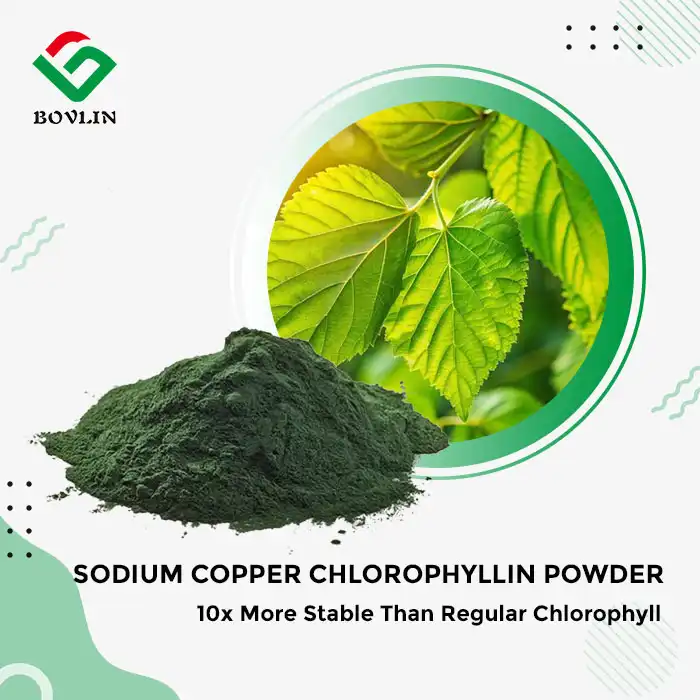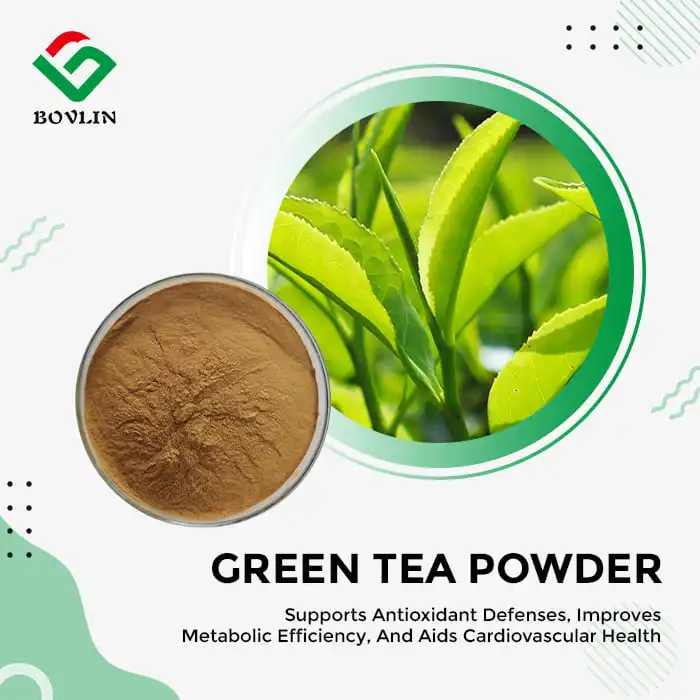How Do Bakuchiol and Retinol Differ in Mechanism of Action?
Bakuchiol's Unique Pathway
Pure bakuchiol, a natural compound extracted from the seeds and leaves of the Psoralea corylifolia plant, has garnered attention for its retinol-like effects without actually being a retinoid. This natural bakuchiol works through a distinct mechanism. It interacts with specific gene expressions in the skin, promoting collagen production and cellular turnover. Unlike retinol, bakuchiol doesn't bind directly to retinoid receptors. Instead, it modulates similar pathways, leading to comparable outcomes in skin rejuvenation.
Retinol's Well-Established Process
Retinol, on the other hand, is a vitamin A derivative that has been extensively studied in skincare. It operates by converting to retinoic acid in the skin, which then binds to retinoid receptors. This interaction triggers a cascade of cellular processes, including increased collagen synthesis, accelerated cell turnover, and improved skin texture. Retinol's mechanism is more direct and potent compared to bakuchiol, which explains its faster visible results but also its potential for irritation.
Comparative Cellular Effects
While bakuchiol and retinol have different molecular structures and initial mechanisms, they converge in their ultimate effects on skin cells. Both ingredients have been shown to upregulate the production of type I, III, and IV collagen, as well as enhance the expression of extracellular matrix proteins. This similarity in cellular outcomes is what makes bakuchiol an intriguing alternative to retinol in skincare formulations, especially for products targeting sensitive skin or those seeking natural ingredients.
Efficacy, Tolerability, and Long-Term Skin Benefits
Comparative Efficacy Studies
Research comparing the efficacy of pure bakuchiol and retinol has yielded fascinating results. Clinical studies have demonstrated that bakuchiol can match retinol in its ability to improve fine lines, wrinkles, and skin firmness. In one notable study, participants using a bakuchiol-based product twice daily showed similar improvements in photoaging as those using a retinol product once daily over 12 weeks. These findings suggest that bakuchiol can be a viable alternative in anti-aging formulations, particularly for manufacturers looking to create products with natural or plant-based ingredients.
Skin Tolerability Profiles
One of the most significant advantages of natural bakuchiol over retinol is its superior tolerability profile. Retinol is known for causing irritation, redness, and peeling, especially during the initial phases of use. This can be a deterrent for consumers with sensitive skin or those new to active skincare ingredients. Bakuchiol, in contrast, has shown excellent tolerability across various skin types. Studies have reported minimal to no irritation with bakuchiol use, making it an attractive option for formulations targeting sensitive skin or for products intended for daily use without the need for a gradual introduction period.
Long-Term Skin Health Considerations
When considering long-term skin health, both bakuchiol and retinol offer substantial benefits. Retinol has decades of research supporting its long-term efficacy in improving skin texture, reducing fine lines, and evening out skin tone. It's also known to have a preventative effect against photoaging when used consistently. Bakuchiol, while newer to the skincare scene, is showing promising long-term results. Its antioxidant properties contribute to ongoing skin protection, potentially offering cumulative benefits with continued use. For manufacturers, this presents an opportunity to develop products that not only address immediate skin concerns but also contribute to long-term skin health and appearance.
Choosing the Right Active Ingredient for Skincare Formulations
Formulation Considerations
When deciding between pure bakuchiol and retinol for skincare formulations, several factors come into play. Bakuchiol's stability in various formulations is a significant advantage. It doesn't degrade when exposed to light or air, unlike retinol which requires careful packaging and formulation to maintain its efficacy. This stability allows for more flexibility in product development, potentially reducing costs associated with specialized packaging or preservation methods. Additionally, bakuchiol's oil-soluble nature makes it compatible with a wide range of cosmetic ingredients, offering versatility in formulation types from serums to creams.
Target Audience and Product Positioning
The choice between bakuchiol and retinol can greatly influence a product's target audience and market positioning. Products featuring natural bakuchiol may appeal to consumers seeking plant-based or "clean" beauty options. This ingredient aligns well with the growing demand for natural skincare solutions and can be a key selling point for brands targeting eco-conscious consumers. Retinol, with its established reputation and clinical backing, might be more suitable for products aimed at consumers looking for proven, potent anti-aging solutions. Understanding the target audience's preferences and concerns is crucial in deciding which active ingredient to incorporate.
Regulatory and Labeling Implications
Regulatory considerations play a significant role in ingredient selection for skincare formulations. Bakuchiol, being a natural extract, may have fewer regulatory hurdles in certain markets compared to retinol. This can be advantageous for manufacturers looking to expand into regions with strict regulations on synthetic ingredients. However, it's important to note that claims made about bakuchiol's effects should be carefully worded and supported by appropriate studies. Retinol, while more heavily regulated, has a wealth of established research supporting its efficacy, which can be beneficial for making strong, scientifically-backed claims on product labeling.

Conclusion
In the debate of pure bakuchiol vs retinol, both ingredients offer unique benefits for skincare formulations. Bakuchiol stands out for its natural origin, excellent tolerability, and comparable efficacy to retinol in improving skin appearance. Its stability and versatility in formulations make it an attractive option for manufacturers looking to create innovative, plant-based skincare products. Retinol, with its long-standing reputation and extensive research backing, remains a powerhouse in anti-aging skincare. The choice between these two ingredients ultimately depends on the specific goals of the formulation, target audience, and regulatory considerations.

Contact Us
Are you interested in incorporating pure bakuchiol or other natural plant extracts into your skincare formulations? Contact Shaanxi Bolin Biotechnology Co., Ltd. at sales1@bovlin.com for high-quality, sustainably sourced ingredients and expert formulation advice.











